Free Tropical Runtz seeds on orders over $150!
When it comes to producing bigger buds, the cannabis flowering stage is the most critical period. During this growth phase, colas enlarge, cannabinoids accumulate, and the plant’s distinct aroma becomes clear. Understanding how to adjust environmental factors during this important stage can drastically increase your yields and improve the quality of your cannabis buds. This piece will explain crucial steps to follow to become a successful cannabis producer of big, sticky buds.
The cannabis flowering stage is when the plant develops flowers, also known as buds. These are the results everyone wants when they grow cannabis, and seeing them grow can be both exciting and stressful! The flowering stage occurs directly after the vegetative stage. During the vegetative phase, the marijuana plant grows quickly and steadily, gaining most of its overall height in the first few weeks of life. The vegetative stage is quick and fruitful, beginning with the first few leaves pushing above the soil and ending with a skinny cannabis plant. After one final, massive rush of energy, vegetative growth slows and eventually stops once the plant enters the blooming stage, as all energy is dedicated toward the creation of dense, sticky buds.
The following are some key factors that influence bud development during the flowering stage:
When it comes to producing thick buds, the genetics of your cannabis play an important role. There are numerous well-known cannabis strains, and each has somewhat distinct qualities. Some have a stoning effect while others are energizing. Some grow to towering heights, while others remain bushy and low to the ground. Bud density also varies from strain to strain. Some marijuana strains are genetically predisposed to producing airy, fluffy buds. It does not necessarily imply that they are less powerful, but it does influence their aesthetic appeal. Sativa strains often generate airier buds.
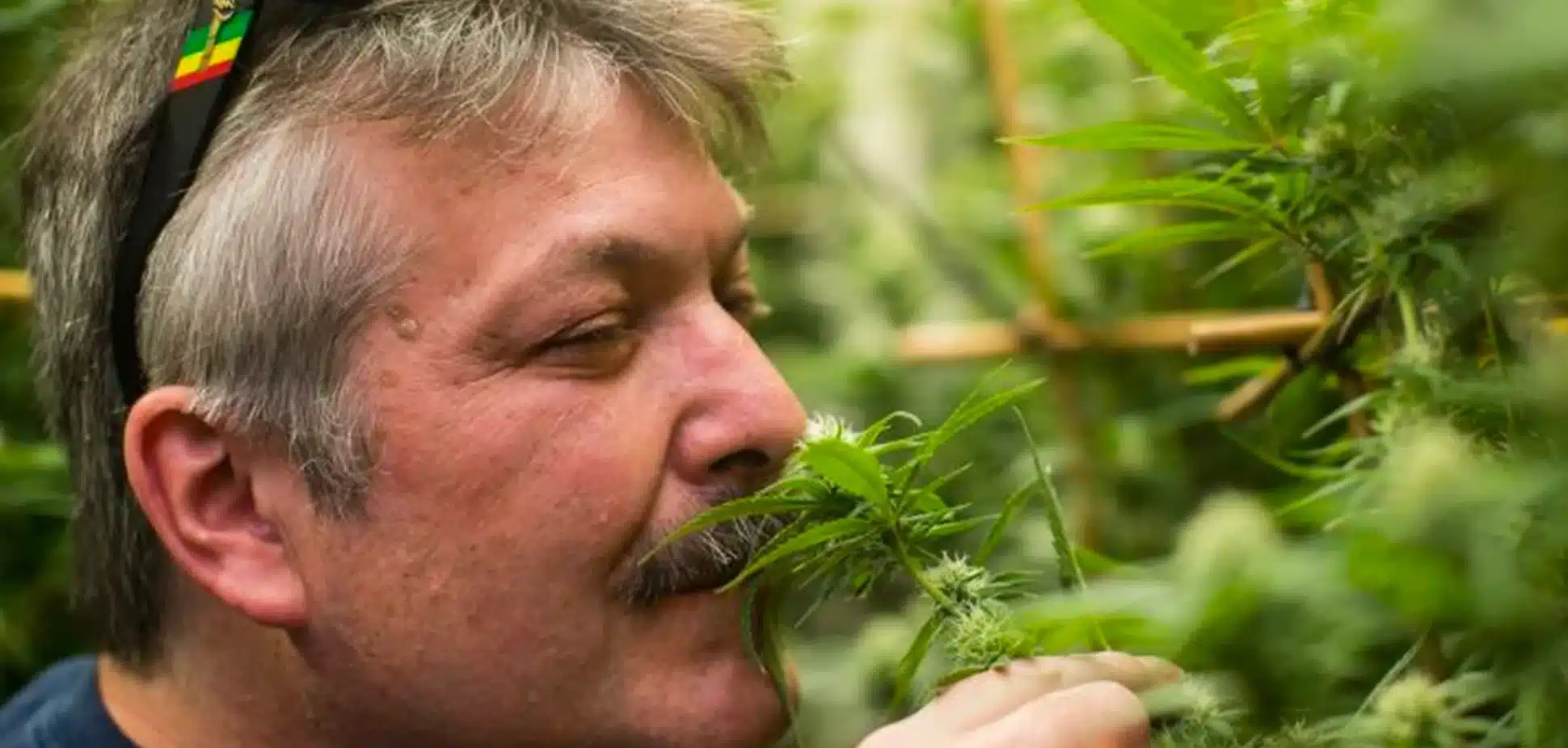
Conversely, Indica strains are known for producing thick, compact colas. If you decide to search for the densest blossoms, begin with a pure Indica strain or a substantially Indica-dominant hybrid. There is a comprehensive collection of Indica genotypes that differ significantly in taste, impact, and flowering period. Here are some of the thick bud strains that will produce the results you seek every season.
The appropriate type of container will affect how well your plant develops and, eventually, the size of your buds. Air pots, smart pots, and fabric pots that provide more excellent air circulation will help the plant produce stronger roots that stretch downward rather than outward. The size of your pot is determined by the size of your growing area, the number of plants you intend to grow, and whether you want to grow indoors or outside. Small pots ranging from 6.5 to 8.5 liters (1.7 to 2.2 gallons) are ideal for autoflowering seeds or Sea of Green setups with several weed plants. Larger ones, up to 25 liters (6.6 gallons), are suitable for larger plants that require more room to flourish. On average, 12 liters (3.1 gallons) is ideal.
Temperature significantly influences the appearance and size of cannabis colas. The plant thrives in the relatively wide temperature range of 18-26°C and may even withstand temperatures as high as 30°C. However, buds will become airy if temperatures exceed the appropriate range, such as during cold snaps or heat waves. Growers must ensure that temperatures are warm enough at night and cool enough during the day. Indoor producers have an edge here since grow rooms have simpler temperature control. Air conditioning, fans, heaters, and a hygrometer can all help to keep things in check. This can also be automated with sensors and timers. Outdoor producers have less control over their crops and are vulnerable to weather conditions. Thus, they can put shade fabric over their plants to minimize excessive heat and install fans in polytunnels.
Cannabis plants grow vertically and produce a single-center cola if left alone. This growth style is not ideal for maximizing production and blossom density. Fortunately, numerous ways may be utilized to reshape plants and increase their productivity. Low-stress training (LST) is used to open up the canopy and produce many major colas. During LST, growers secure the main stem to the container’s side with garden wire. The side branches then start to develop vertically, essentially becoming stems themselves. This significantly increases yield, light exposure, and bloom quality when repeated. High-stress techniques, such as topping, can also help to promote output and increase bud density. Pruning can also be used to improve growth, bloom quality, and form. Growers focus their efforts and resources on the blooms by eliminating certain leaves and branches.
Check out High Stress Training (HST) for a riskier alternative that can reap amazing yields.
To produce thick buds, you must consider both the amount and type of lighting that the marijuana plant receives. While more light helps the plant grow stronger, too much light can cause overheating and heat stress. If you’re growing your plant outside, you need to ensure it gets eight hours of sunshine daily, with some extra protection like shade on scorching days. However, for indoor cultivation, you have to consider the type of lighting you intend to utilize.
CFLs and LEDs are the two most prevalent types of grow lights used to produce weed plants. CFLs emit less heat and may be maintained closer to the plant, but LEDs create more heat and should be kept at least 45 cm away to avoid burning it. Another type of grow lamp is high-pressure sodium (HPS), which is highly efficient in terms of light output to power consumption. These lights should be kept at a distance proportional to their size: 20 cm for 150W bulbs and up to 41 cm for 1000W ones.
Marijuana plants need a wide range of nutrients to grow effectively, including macronutrients such as nitrogen, phosphorus, and potassium and micronutrients like zinc and manganese. If plants do not receive enough nutrients or cannot reach them, they can develop deficiency symptoms, and blossom quality will suffer. However, excessive fertilizers may harm plants and limit bud density. Growers should carefully apply nutrients according on product directions. Conversely, take caution and provide half of the suggested quantity during the early stages. Soil pH should be somewhat acidic to prevent deficits. Introducing helpful microbes into the soil, such as mycorrhizal fungi, will also help plants get the required nutrients.
Maximizing bud growth in your cannabis grow room is crucial for achieving a bountiful harvest. Here are some guidelines to create an ideal environment for your cannabis plants:
Remember that each cannabis strain may have specific requirements, so observe your plants closely and make necessary adjustments in your growing room.
Nutrient management is an essential component in bud development. Plants require three macronutrients: nitrogen, phosphorus, and potassium (NPK). Beyond these, a variety of micronutrients are required for optimal plant health. For cannabis plants, the best nutrient formula heavy in phosphorus and potassium produces larger buds during blooming. The plant’s nitrogen requirements are lowered at this point, but its phosphorus and potassium requirements increase dramatically since they are essential for bud formation and trichome growth. In addition to nutrients, bloom boosters, and microbial inoculants can improve nutrient absorption and root growth, boosting overall plant health, production, and bud size.
Optimizing the light that your plants receive is critical for robust bud formation. While airy buds may form due to a shortage of rays, they may also result from an overly bright glare. Grow lights must be powerful enough to promote cola growth. Marijuana is a plant that requires a lot of light to develop properly. Calculate the appropriate wattage for your crop area based on its size. To optimize the light in your tent and produce rich nuggets, utilize reflecting walls that expose the whole plant to the rays. All of your colas must be in brightness.
Another important consideration when utilizing lights is to keep them a safe distance away from your marijuana. Even the most powerful bulb will be ineffective if it is not positioned correctly. Grow lights that are too near the leaf canopy burn away the terpenes and bleach your weed buds. LEDs placed far from the plant reduce production and density. The hand test is an effective approach to determine whether your lights are at the proper distance. Hold your palm among your plants for 30 seconds. If it’s painfully hot for you, it’s too warm for your cannabis, and you should move the bulbs back.
Any cannabis growth hormone is made by the plant, often in trace levels, as this is all that is required for signaling. A grower may physically control how a hormone is produced and delivered throughout the plant. For example, topping the primary shoot can reduce vertical growth and increase branching instead. This occurs because auxins, which are perhaps the most well-studied plant growth regulators employed by cannabis, are created in the top shoot (the apex) and subsequently go downward. Alternatively, you can take a hormone from another source and provide it to a plant that requires higher quantities of the molecule. The idea is not to overdo it, because weed growth hormones are only needed in small quantities.
Pruning and training methods can significantly impact the density of your buds. Low-stress training strategies include tying down the top branches to allow more light to reach the remainder of the plant. You may combine this with cutting any lower branches that will not receive sunlight. Super cropping is another way to train your plants; this high-stress training method entails bending the branches back at 90-degree angles, enabling more light to reach the plant’s colas and strengthening the cannabis, which results in denser buds.
Just like being hydrated is critical for human athletes, marijuana plants also require a consistent water supply. However, the actual problem is to establish the correct balance. Overwatering and underwatering may both be detrimental to your plant’s health. The former can cause wilting, yellowing foliage, and root rot, while the latter produces dry, crispy leaves. Recognizing these warning indicators early on is critical for preventing bud swelling. It might be challenging to determine the appropriate watering frequency for your plants. However, the weight of the pot and the dryness of the soil’s top layer might be used as indications. Since a plant’s water needs vary with its growth phase, maintaining a flexible watering schedule helps promote healthy bud growth.
There are several aspects to consider when deciding how to shift from vegetative to blooming. Once you understand these factors, you may pick the excellent option to achieve your desired outcome. However, it is critical to remember that each growth process and experience is unique, which means that the principles and approaches you may use are best determined by trial and error. There is no set formula to follow, and there are options to explore. It is up to the grower to decide which one is most appropriate for the marijuana plants. To discover how to transition from the vegetative to the blooming stage, each grower needs to take into account the plant’s age, genetics, light cycle, type of strain, growing environment, and growing methods.
Boosting trichome growth is a common goal for cannabis farmers who want to produce high-quality buds with more potency and flavor. There are many factors that can influence trichome production, such as genetics, environment, nutrients, light, temperature, humidity, CO2, stress, and harvest time. Some of the best practices to boost trichome production are:
As your cannabis plants begin to flower, maintaining consistent environmental conditions becomes increasingly more critical. Temperature and humidity fluctuations can cause plant stress and interfere with bud development. Here are the perfect temperature and humidity levels your cannabis plants need during the flowering period:
CO₂ is essential for the proper development of plants. Like water and sunshine, carbon dioxide is necessary for crops to produce carbohydrates and oxygen. They ingest the chemical through microscopic pores on their leaf known as cannabis stomata. During the flowering period, your indoor plants are busy developing buds, and the increased CO₂ can aid in improving the photosynthetic process, allowing the plant to produce more energy and direct it toward the growth of the buds.
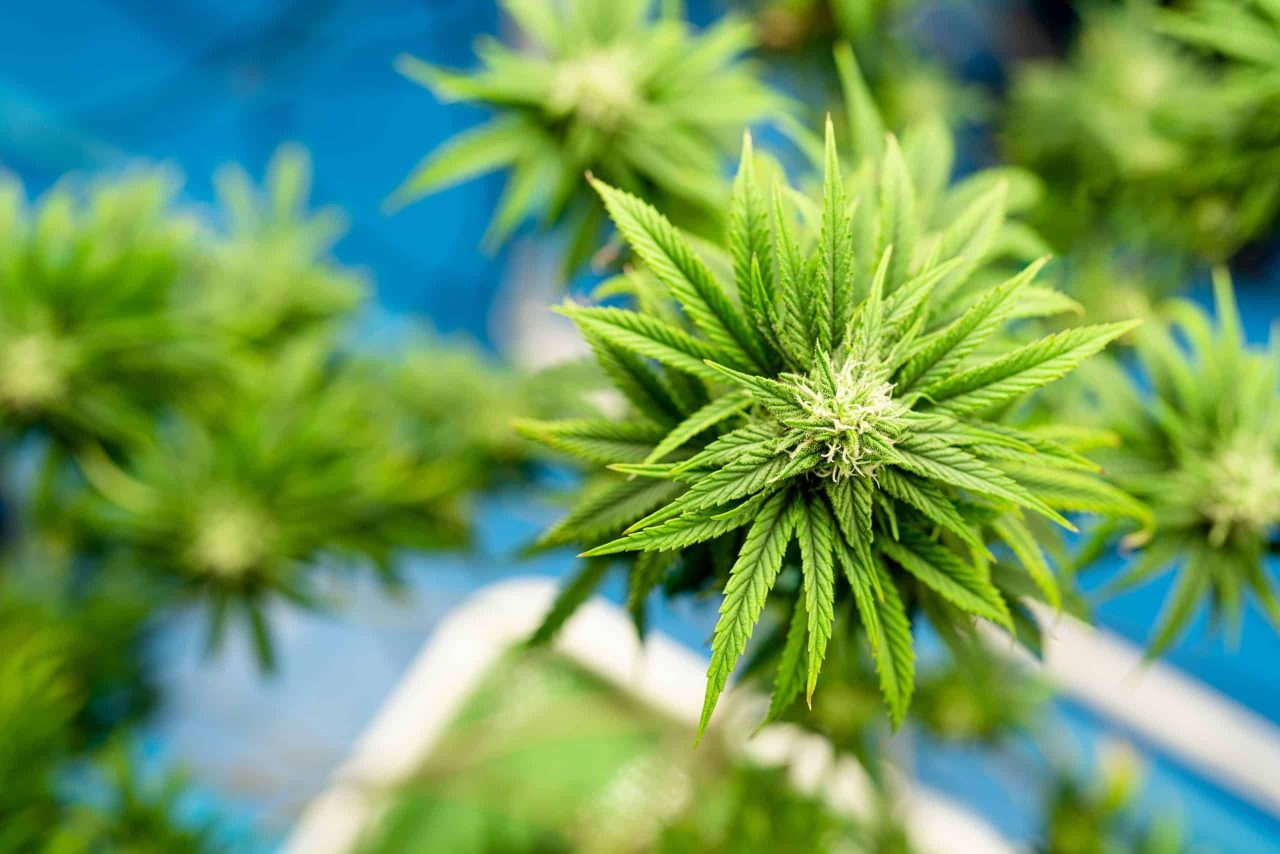
As a result, the required ppm for weeds can be increased to 1,200-1,500 ppm, which is significantly higher than the vegging stage. After the first few weeks of the flowering stage, it is suggested to discontinue adding CO₂, as there is no evidence that extra CO₂ gives any benefits. To prevent shocking the plants, gradually decrease the ppm of cannabis over a few days.
Here are some common issues cannabis growers need to avoid during the flowering period:
Using microbes to grow danker buds is a technique that involves cultivating beneficial microorganisms in the soil or medium to enhance the health and quality of cannabis plants. Microbes can help plants by aiding in nutrient and water uptake, stimulating root growth, fighting off harmful pathogens, and fortifying against stress and diseases. As a result, weed plants can produce more potent and flavorful buds with higher concentrations of terpenes and cannabinoids. Some examples of beneficial microbes for cannabis plants are:
pH is an essential component of any cannabis cultivation topic. pH must be monitored beginning with the seedling stage. If you’re growing in soil, aim for a pH of 6 to 7, whereas a pH of 5.5 to 6.5 is ideal for hydroponics. You don’t need anything fancy, but you will need a pH meter to measure pH correctly. Remember that everything else you do, including training, nutrition, or light, will be in vain if you don’t pay attention to the pH, which is the most crucial component in determining plant health.
You should also acquire a pH Up and a pH Down to alter the pH as needed. Whether growing in soilless media or soil, you need to adjust the pH. Organic techniques do not need as much pH testing, but you should still check it regularly to ensure it is not significantly off. When cannabis plants begin to display inadequacies, their leaves often turn yellow. However, before attempting to fix it, ensure it is not a pH imbalance. Often, what appears to be a nutritional shortfall is actually a pH issue.
Some of the tips and techniques that should be considered to obtain bigger buds are:
Harvest season is exciting! You’ve spent months witnessing your plants grow from delicate seedlings to flowering aesthetics. Beginner growers often want to remove their buds from the plant immediately. Although tempting, waiting until the appropriate moment is essential. Buds grow quickly during the flowering period, and even waiting a few days might increase density. There are a few indicators to look for to determine when the moment is perfect. To view them better, use a magnifying glass or jeweler’s loupe.
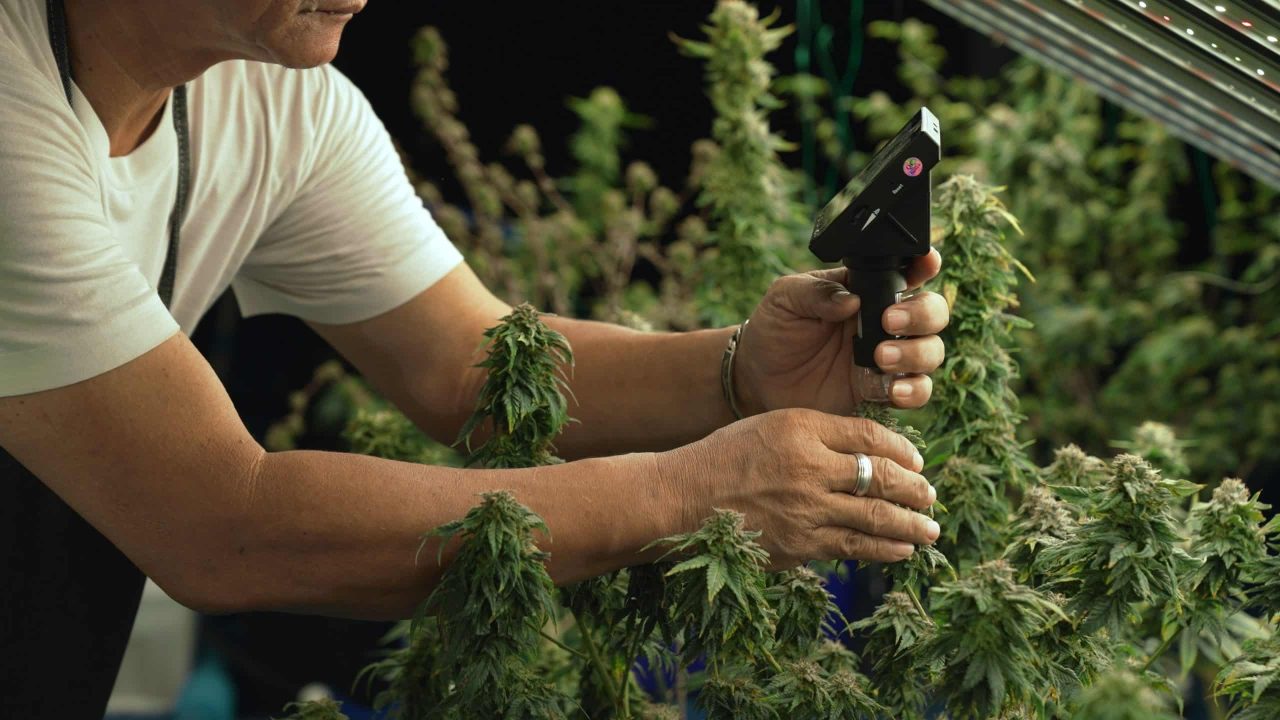
Trichome color is one of the harvest indicators. These are the crystalline formations that cover the surfaces of flowers and sugar leaves. During the early flowering stage, trichomes seem transparent. They will gradually grow cloudier. Harvesting begins when the bulk of the trichomes become hazy. Growers should also keep their eye on pistils, which are hairlike elements found throughout cannabis flowers. Young pistils are white, but they become orange-red or brown as they age.
Tips for maximizing your plant’s health and quality during harvesting
Post-harvest handling is a crucial step in cannabis cultivation, as it affects the quality, potency, and aroma of the final product. There are several techniques and best practices for preserving potency and flavor in cannabis, such as:
Trim away extra leaves, leaving just groomed, resin-rich buds. There are several choices:
Experts favor a wet trim when buds are flexible and easy to handle, allowing individual branches to dry. Furthermore, make sure to keep sugar leaves for dry sifting or making cannabutter.
Hang your trimmed weed buds upside down in a dark, well-ventilated room with a regulated humidity level (about 50%).
The most excellent approach to ensure that your cannabis crop lasts all year is to cure it properly. Curing cannabis reduces mold, mildew, and deterioration. Common methods for curing cannabis include the water-cure method, freeze-dry method, sweat-cure method, and heat dehydration cure method. To dry and cure your cannabis for best results, you should:
There are some common mistakes that growers should avoid during this critical stage, such as:
The size and density of the buds depend on several factors, such as the strain’s genetics, light intensity, and spectrum, nutrients, and environmental conditions. Some growers use strategies to boost bud development by exposing their plants to UV-B light during the flowering stage. UV-B light is a type of ultraviolet radiation normally filtered out by the ozone layer, but some artificial light sources, such as fluorescent tubes or LED lights, can also emit it. UV-B light harms living cells, causing DNA damage and oxidative stress. However, some plants, including cannabis, have developed mechanisms to cope with UV-B stress, such as producing protective pigments and antioxidants.
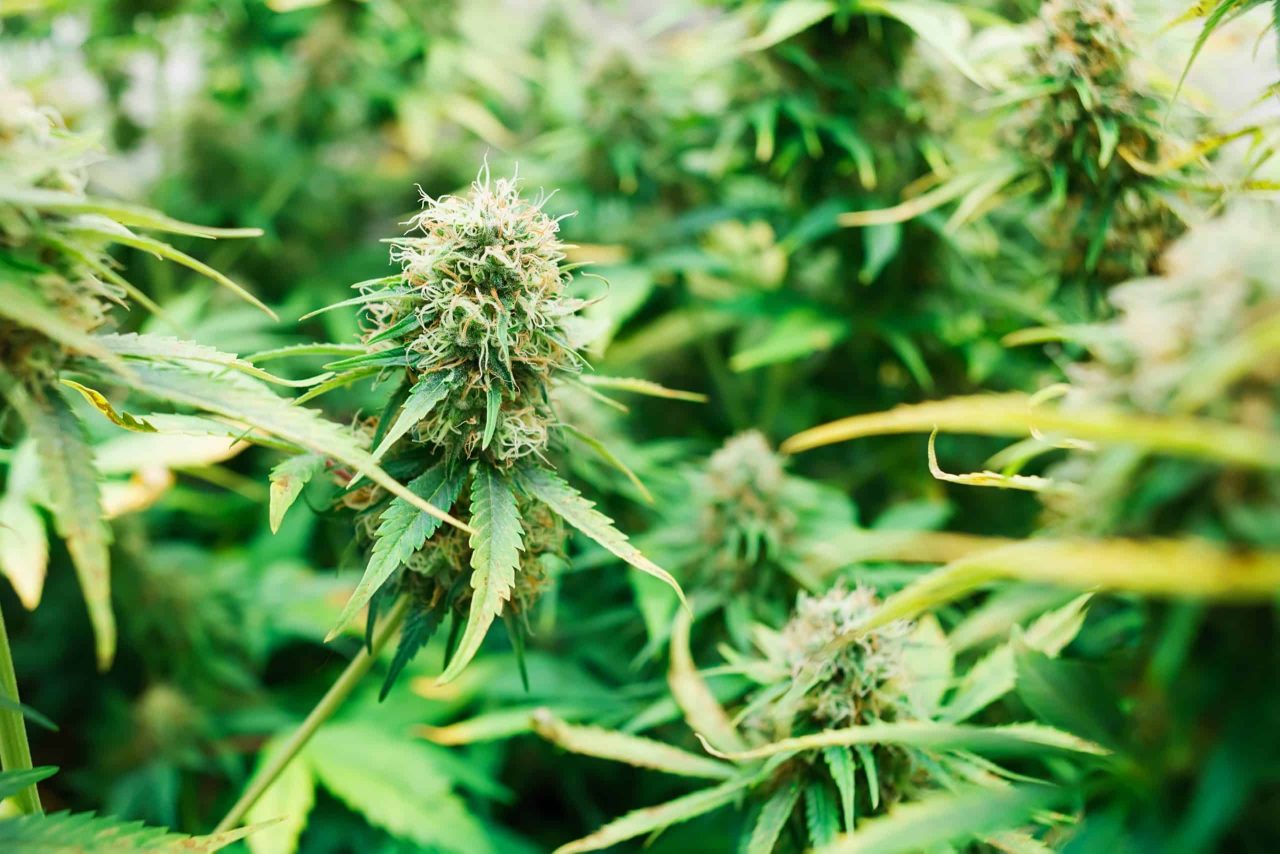
One of these antioxidants is tetrahydrocannabinol (THC), the primary psychoactive compound in cannabis. THC is synthesized in the trichomes, the resinous glands covering the buds and giving them their characteristic aroma and potency. Some studies have suggested that exposing cannabis plants to UV-B light can increase the production of THC in the trichomes as a way of shielding the buds from harmful radiation. However, the effects of UV-B light on cannabis bud development are not fully understood, and they may vary depending on the strain, the intensity and duration of the exposure, and the stage of flowering.
Growing thick ripe buds necessitates not only the selection of the best weed seeds but also the proper maintenance of your cannabis plants. Both indoor and outdoor producers must offer the appropriate pot size and growing media. Enough light, ventilation, and room are required to produce dense buds. Also, do not underestimate the importance of selecting the appropriate temperature, humidity, nutrient intake, watering schedule, and training techniques. Ultimately, timing the harvesting of cannabis buds will determine the bud density of the ‘final product.’
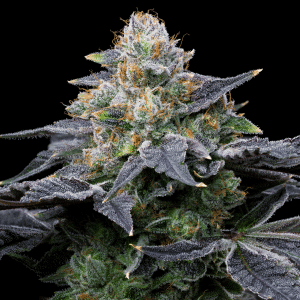
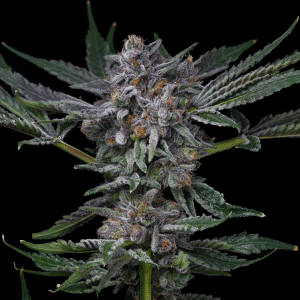
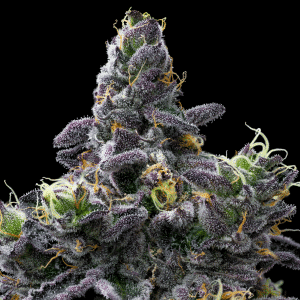
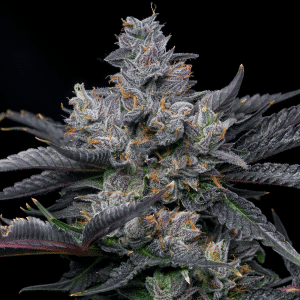
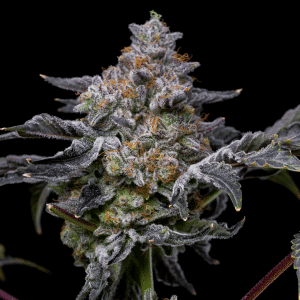
Offers
This product is not for use by or sale to persons under the age of 18. This product should be used only as directed on the label. It should not be used if you are pregnant or nursing. Consult with a physician before use if you have a serious medical condition or use prescription medications. A doctor’s advice should be sought before using any hemp products. All trademarks and copyrights are property of their respective owners and not affiliated with nor do they endorse this product. These statements have not been evaluated by the FDA. This product is not intended to diagnose, treat, cure or prevent any disease. By using this site you agree to follow the Privacy Policy and all Terms & Conditions printed on this site. All products contain less than 0.3% Cannabinoid-compliant with applicable Federal Laws. Please make yourself aware of any and all applicable laws regarding hemp in your jurisdiction. Premium Cultivars accepts no liability or responsibility regarding germination laws in any specific locale state or national jurisdictions.THCA products are not available for shipment to the following states: Hawaii, Idaho, Minnesota, Oregon, Rhode Island, Utah, Vermont *Note: Products with Total THC content above 0.3% must not be shipped to these states.
We want to help you get your hands on the seeds you want, take 20% off your next purchase when you enter your email below!
We want to help you get your hands on the seeds you want, take 20% off your next purchase when you enter your email below!